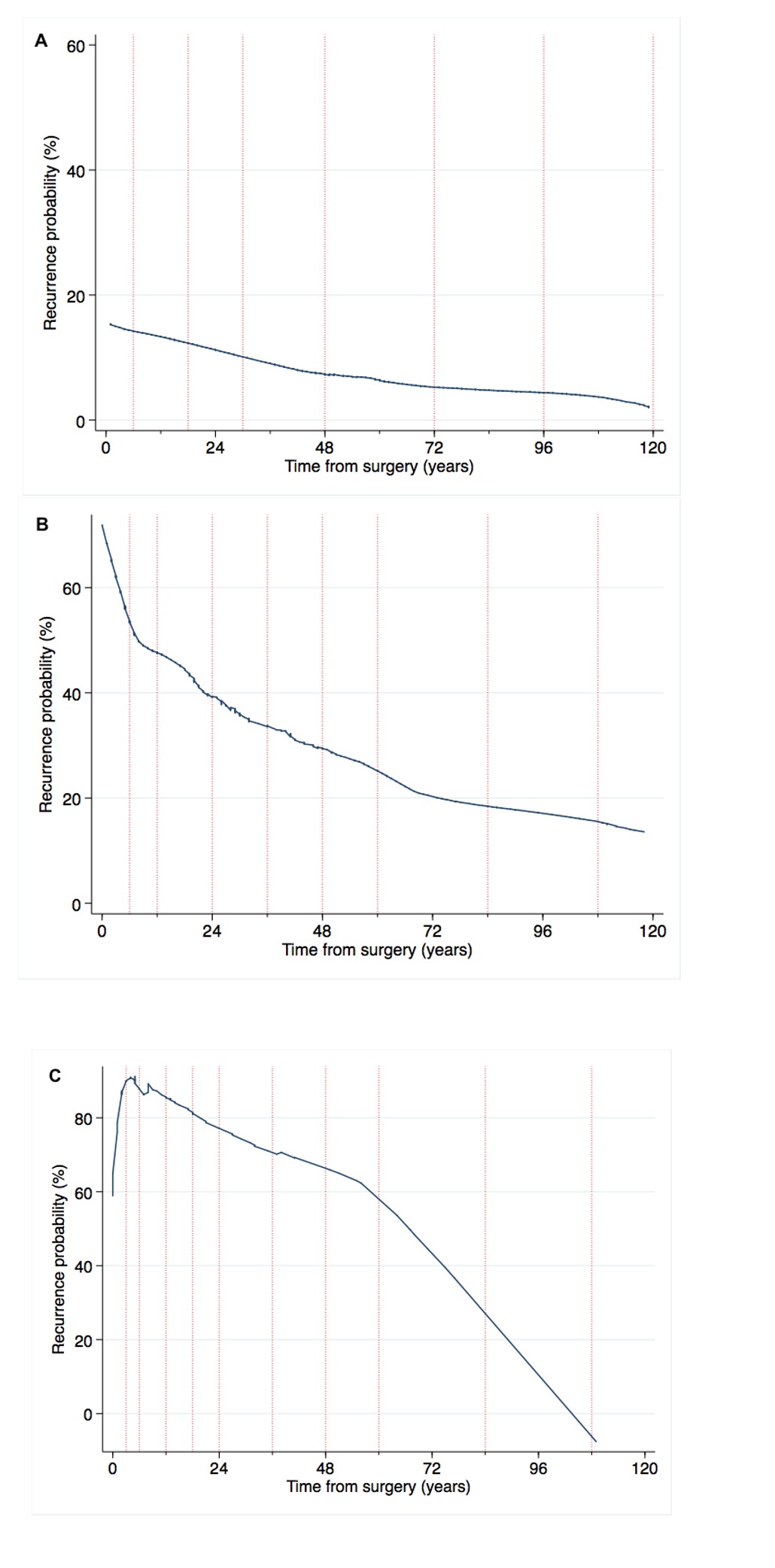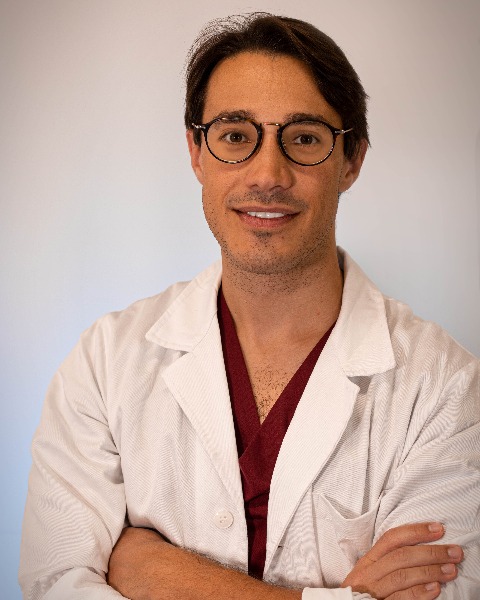Back
Poster, Podium & Video Sessions
Moderated Poster
MP50: Kidney Cancer: Localized: Surgical Therapy III
MP50-09: Imaging intensity after surgery for clear cell renal cell carcinoma
Sunday, May 15, 2022
4:30 PM – 5:45 PM
Location: Room 225
Alberto Martini*, Federico Belladelli, Daniele Cignoli, Giuseppe Rosiello, Giuseppe Fallara, Giuseppe Basile, Luigi Nocera, Gianmarco Colandrea, Daniela Canibus, Chiara Re, Giacomo Musso, Francesco Cei, Francesco De Cobelli, Giorgio Brembilla, Alberto Briganti, Roberto Bertini, Daniele Raggi, Andrea Necchi, Francesco Montorsi, Andrea Salonia, Alessandro Larcher, Umberto Capitanio, Milan, Italy
Poster Presenter(s)
Introduction: The 2021 EAU guidelines on renal cell carcinoma (RCC) have been implemented to provide separate recommendations on oncologic surveillance for low- intermediate- and high-risk clear cell (cc) RCC, based on Leibovich score. In this study we aimed to externally validate the new EAU surveillance scheme surgically-treated ccRCC and establish whether imaging intensity should be remodulated.
Methods: We identified 1,506 patients with ccRCC from a single-institutional prospectively-maintained database. The crude risk of recurrence was evaluated against time from surgery, as either partial or radical nephrectomy, with the Locally Weighted Scatterplot Smoothing. The risk of recurrence at the time points when imaging should be de-intensified according to the EAU guidelines was estimated.
Results: Overall, 948 (61.9%), 472 (31.3%) and 86 (5.7%) patients fell in the low- intermediate- and high risk group, respectively. Overall, 18% of patients experienced recrrence during follow-up. Figure 1A, 1B and 1C display the risk of recurrence over time for the low- intermediate- and high-risk group, respectively. Vertical lines correspond to the time points when imaging should be obtained. For low risk patients, the risk of recurrence fell below 10% after 30-month, time point after which imaging should be de-intensified to biannually. For intermediate risk patients, the risk of recurrence fell below 40% after 24-month, at 60-month, time point after which imaging should be de-intensified to biannually, the risk of recurrence was approximately 25%. For patients with high risk, imaging should be de-intensified to annually from 24-month and to biannually from 60-month. The risk of recurrence at 24-month was approximately 75% at 24-month and 60% at 60-month and kept decreasing.
Conclusions: While the surveillance scheme for low-risk ccRCC seems to be appropriate the ones for intermediate and high risk should be revised. Specifically, for patients at intermediate risk, imaging should be intensified to semiannually till 24-month, annually thereafter and the de-intensified according to the present surveillance scheme. For high-risk patients, imaging should be intensified to semiannually till 48-month, time point after which the recurrence risk fell below 20% and then further de-intensified to annually after 60-month.
Source of Funding: no

Methods: We identified 1,506 patients with ccRCC from a single-institutional prospectively-maintained database. The crude risk of recurrence was evaluated against time from surgery, as either partial or radical nephrectomy, with the Locally Weighted Scatterplot Smoothing. The risk of recurrence at the time points when imaging should be de-intensified according to the EAU guidelines was estimated.
Results: Overall, 948 (61.9%), 472 (31.3%) and 86 (5.7%) patients fell in the low- intermediate- and high risk group, respectively. Overall, 18% of patients experienced recrrence during follow-up. Figure 1A, 1B and 1C display the risk of recurrence over time for the low- intermediate- and high-risk group, respectively. Vertical lines correspond to the time points when imaging should be obtained. For low risk patients, the risk of recurrence fell below 10% after 30-month, time point after which imaging should be de-intensified to biannually. For intermediate risk patients, the risk of recurrence fell below 40% after 24-month, at 60-month, time point after which imaging should be de-intensified to biannually, the risk of recurrence was approximately 25%. For patients with high risk, imaging should be de-intensified to annually from 24-month and to biannually from 60-month. The risk of recurrence at 24-month was approximately 75% at 24-month and 60% at 60-month and kept decreasing.
Conclusions: While the surveillance scheme for low-risk ccRCC seems to be appropriate the ones for intermediate and high risk should be revised. Specifically, for patients at intermediate risk, imaging should be intensified to semiannually till 24-month, annually thereafter and the de-intensified according to the present surveillance scheme. For high-risk patients, imaging should be intensified to semiannually till 48-month, time point after which the recurrence risk fell below 20% and then further de-intensified to annually after 60-month.
Source of Funding: no


.jpg)
.jpg)
